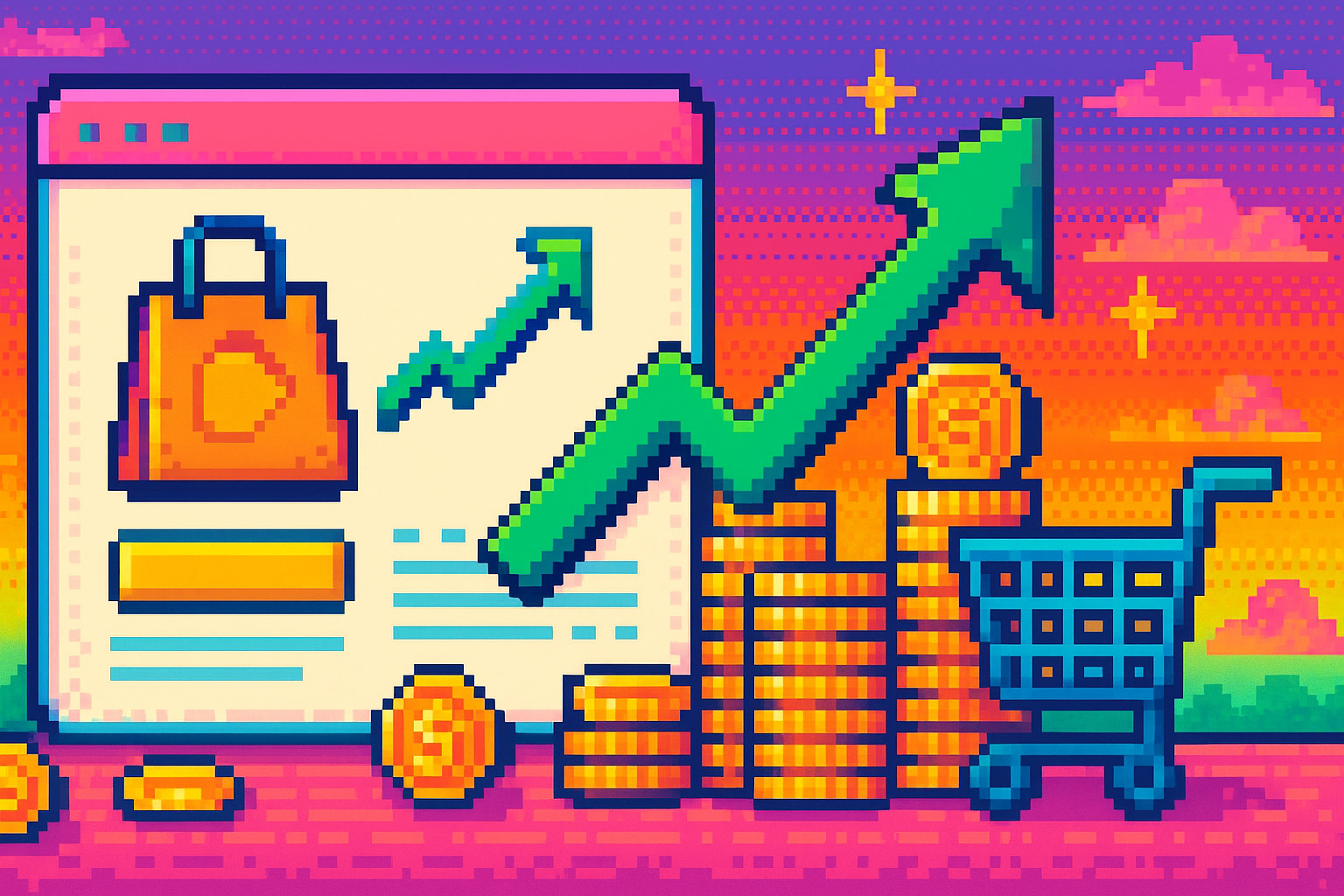AnalyticsOct 23, 2025
Product Conversion Rate: The Shopify Metric You’re Missing

Shopify shows you total sales, but it doesn’t tell you which products actually convert. That difference marks the line between a brand growing on intuition and one scaling with surgical precision.
Founders and marketing teams who only look at revenue or traffic often fall into a trap: they assume bestsellers are the best performers. In reality, many products survive thanks to volume — not efficiency. By analyzing the product conversion rate, we’ve seen stores achieve +2.8x higher conversion rates and $24,000/month extra revenue simply by redirecting traffic to the products that already convert best.
Table of Contents
What Is Product Conversion Rate and How to Calculate It
The product conversion rate measures the percentage of visitors who purchase a specific product, compared to the number of visits to that product page. It’s not about your global store conversion — it’s about each SKU’s true performance.
Formula:
Product Conversion Rate = (Product Sales ÷ Product Page Visits) × 100
Example
If Product A gets 5,000 visits and 250 sales:
(250 ÷ 5,000) × 100 = 5% conversion rate
Meanwhile, Product B gets 2,000 visits and 180 sales:
(180 ÷ 2,000) × 100 = 9% conversion rate
Although Product A sells more units, Product B converts nearly twice as well. By sending more traffic from A to B, you can boost total revenue without increasing ad spend.
5 Decisions It Unlocks
Tracking conversion rate per product transforms how you manage your brand. Here are the 5 strategic decisions it empowers:
1. Prioritize High-Converting Products
Products with higher conversion rates deserve more traffic, ad budget, and visibility. Across 50 Shopify stores, redirecting 30% of traffic to high-performing products led to an average 2.8x conversion lift.
2. Retire Low-Converting Products
A big catalog doesn’t always mean more sales. Identifying products with <0.5% conversion helps you declutter, reduce costs, and improve user clarity.
3. Reorder Inventory Intelligently
When you connect this metric with your stock system (like Stock Intelligence), you can predict which products will sell out and which will stagnate — avoiding both overstock and shortages.
4. Optimize Pricing Strategically
High-converting products can often sustain a price increase. By analyzing conversion rates alongside your prices module, you can optimize profit margins safely.
5. Redirect Traffic and Ad Budget
Knowing which products convert best allows smarter campaign allocation. On average, brands using this method generated $24,000/month in additional sales without increasing their ad spend.
Minimum Viable Dashboard
You don’t need 50 metrics. Just the ones that drive decisions:
Metric | Description | Source |
Product Conversion Rate | % of visitors buying each SKU | Shopify + Google Analytics |
Traffic per Product | Unique product page visits | Shopify or GA4 |
Revenue per Product | Total sales by SKU | Shopify |
Cart Abandonment per Product | Products added but not purchased | Skymetrics or custom scripts |
Gross Margin per Product | Real profitability per SKU | ERP / Skymetrics |
With a dashboard like this, you can make decisions 10x faster, combining conversion data with margin and inventory insights. You can visualize all of this instantly in Product Analytics.
Real Case: Redirecting Traffic → +2.8x Conversion
A women’s fashion brand with 120 SKUs discovered that its most visited products weren’t its best converters. Using the AI Assistant, they redirected 25% of their ad spend to the 10 products with the highest conversion rates.
Within 30 days:
Average conversion increased from 1.4% to 3.9% (+2.8x)
Additional revenue: $24,000/month
Decision-making time: 10x faster with unified data
The outcome: more revenue, less waste, and decisions backed by data — not gut feeling.
Discover Which Products Really Convert
Unlock the Product Analytics module and connect your Shopify data to instantly identify your true revenue drivers.
📈 Supercharge your strategy with the AI Assistant and optimize your collections using Collection Optimization.
Subscribe to our newsletter for practical strategies and real-world benchmarks.
FAQs
Why doesn’t Shopify show product conversion rates?
Because its built-in analytics focus on storewide conversion. This metric requires combining product page traffic with individual product sales.
How often should I track it?
Ideally weekly — especially during campaigns or pricing changes. Brands that monitor it regularly improve ROAS by up to 30%.
Can I track it without spreadsheets?
Yes — with analytics tools like Skymetrics Product Analytics that automatically connect your Shopify data.
Which products should I prioritize first?
Those with high margins and above-average conversion rates — perfect candidates for additional traffic or campaigns.
Can I connect this data with my inventory?
Absolutely. Integrated with Stock Intelligence and the AI Assistant, you can automate alerts and forecasts based on each SKU’s real conversion rate.